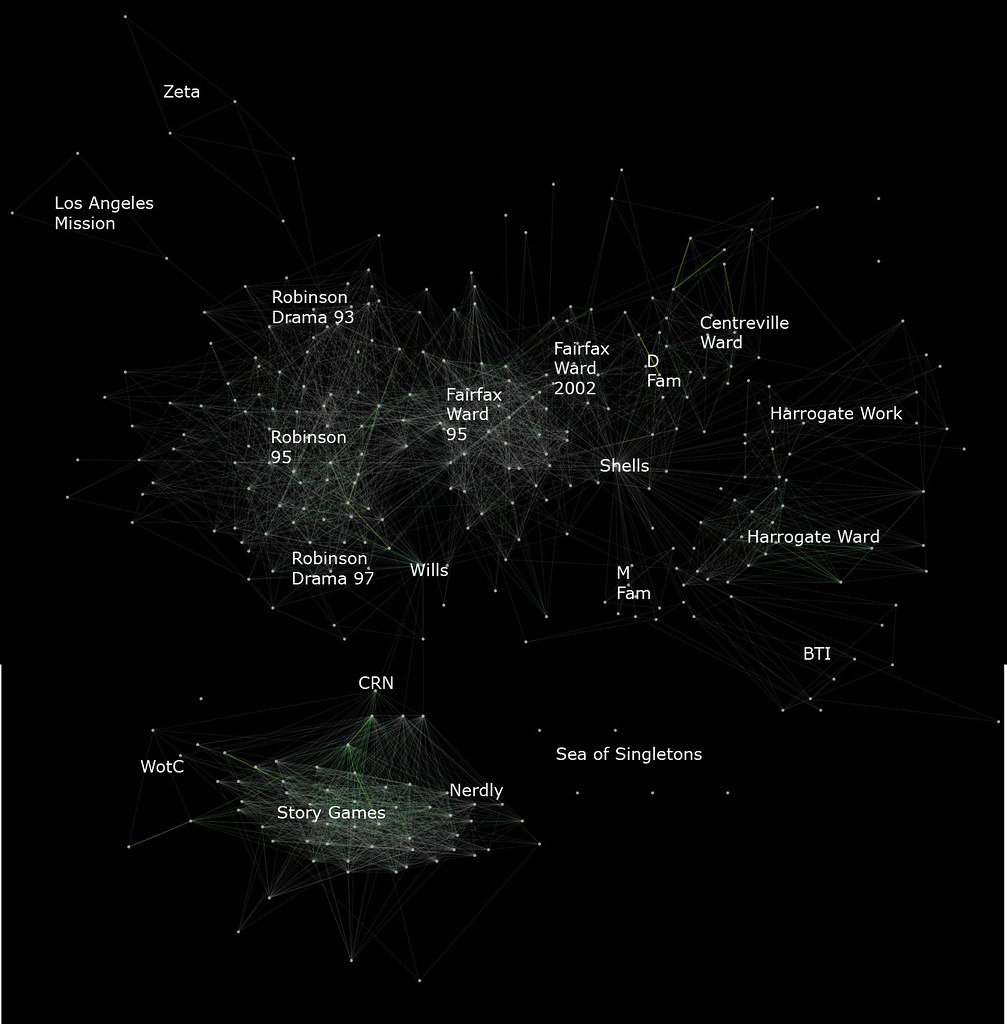Having a tough pet with you in a post-apocalyptic world is a good idea for a number of reasons: it can scare away potential harmdoers, sniff out hidden sources of food or hunt for both of you, and it makes you look more badass, which, let's face it, is the very soul of post-apocalyptic fashion. Plus, if these were action figures, you know you'd want the ones with pets because its like getting an extra figure (which is why Croc Master was an awesome GI Joe figure even though, realistically, he's useless in battle).

Concept: Tough Girl with Tiger (Sienna Miller)
Outfit Basics: Knee high boots, knee-length knit dress, partial shirt
Outfit Utility: Well, I suppose the high boots are good for avoiding rattlesnake bites and briars, and allowing her to traverse areas of mud or ecological waste. I'm thinking that the knitwear dress isn't all that practical, as it will get dirty easily and doesn't provide much warmth for weight. Plus, not much in the way of waterproofing. Still, it breathes well, and will provide some cover from the desert sun. And it's a versatile enough garment to curl up into at night or to avoid the worst of a sandstorm. I give it a 4/10 for utility but a 7/10 for fashion.
Pet Choice: Siberian Tiger. Definitely high on the intimidation scale, but only moderate on the utility. Tigers eat a lot of meat, and midway across the desert she's going to start looking pretty appetizing to it. On the other hand, it can hunt independently and (imagining a true woman-beast bond) could probably do most of the food-acquisition for both of them assuming there was prey to be had.
9/10 intimidation
6/10 useful
3/10 practical
9/10 fashion

Concept: Classic Road Warrior with Canine
Outfit Basics: All leather, all black, all tough.
Outfit Utility: Protection from road rash or simple hazards is high, but it isn't very breathable and will likely lead to heatstroke or worse. Shotgun is a useful deterrent but only at short range. Crescent wrench and other tools likely to come in handy. Utility 7/10; Fashion 8/10
Pet Choice: Mutt. Small size means its easy to feed and it can scout in ruins and other places where its difficult for a man to go. It can eat a variety of foods but can't do much providing for its master. However, it can (potentially) aid in tracking prey or locating useful commodities like drugs or explosives.
2/10 intimidation
7/10 useful
8/10 practical
2/10 fashion

Concept: Somalian Warlord with Hyena
Outfit Basics: T-shirt, ragged africanesque skirt, repurposed anklets, sandals
Outfit Utility: Provides some protection from the elements, but little lower leg or foot protection means scrambling through junkyards or briars, but he will do better over fine sandy areas than the boot-wearers.
Pet Choice: Hyena. An excellent scavenger and also quite intimidating. Good sense of smell, moderate hunting ability, good camouflage, but mostly just cool-looking. Which is what we're after, isn't it?
8/10 intimidation
7/10 useful
6/10 practical
9/10 fashion













